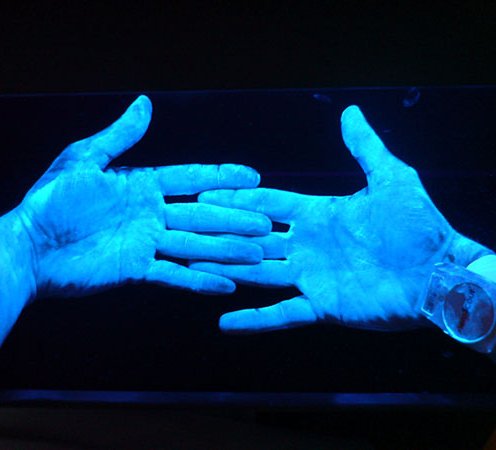Colonization Is Microbiology

1. Microbiological and epidemiological aspects of the colonization of children of the first year of the life of the OTP have been studied. Children of the first year of life are identified as a risk group among the population of all age groups in the colonization of the PKB: 94 per cent of these children are DPKO, including S.aureus-76, 5 per cent, Klebsiella spp. -19, 3% and Candida spp. - 40%.
2. It has been shown that 21.6 per cent of the strains of golden staphile and 74.4 per cent of the strains of cybsyll from the children ' s bowels are polyresistic to antibiotics, indicating their internal hospitality. The evidence of the domestic origin of the strains of staphilocs colonizing the children ' s intestines is that of the phase-up of staphics: 48.6 per cent of typical crops were in the III fago group, which is predominant among the strains found in the Moscow station.
3. The mother is found to be one of the main sources of golden staphs and mushrooms of Candida, colonizing the children ' s bowels: S.aureus strains from the children ' s bowels in 53 per cent of the cases of Canotypedid are identical with S.aureus strains from the mother ' s nose, while 72.7 per cent of children born out of breast milk are breastfed.
4. It has been found that among the strains of gold staphs and Klebsiella bacteria of children born in the same kin, there are identical characteristics of the strain, indicating their cloned origin, and that the colonization of the children ' s worms in these strains is identical.
5. A study of the couples of children using the logistic regression model showed that, in the colonization of the child ' s bowel, gold staphide is the main credible risk factor, the presence of gold staphs in the mother ' s nose, and the mushrooms of Candida ' s species, their presence in breast milk. The probability of colonizing gold staphists in children whose mother is the bearer of S.aureus is 11 times greater than that of children whose mother is not the bearer. The probability of colonizing Candida mushrooms in children whose mothers had been removed by Candida mushrooms at 6, 43 times more than those of children whose mothers had not had Candida mushrooms. A study of the colonization of the intestine by other conditional microorganisms did not reveal credible risk factors.








